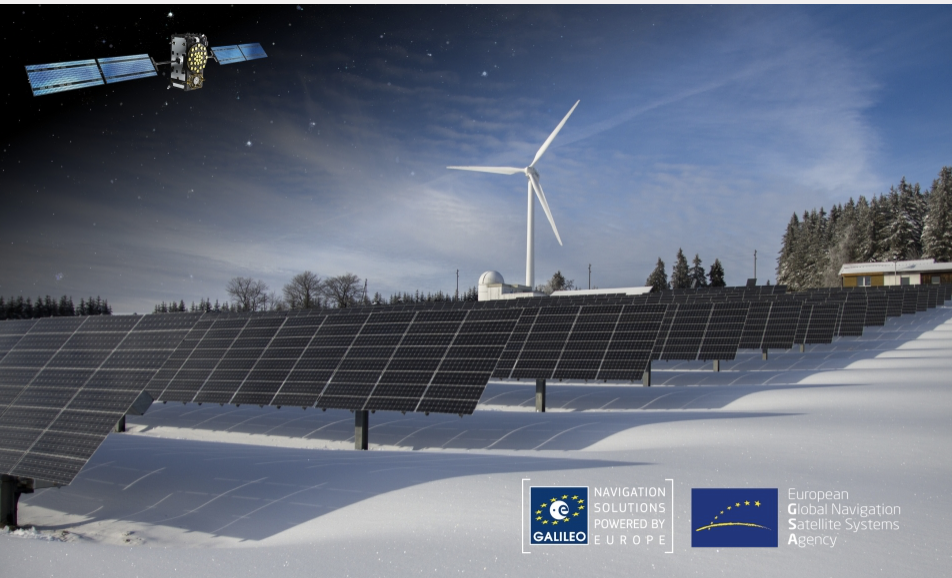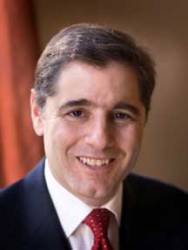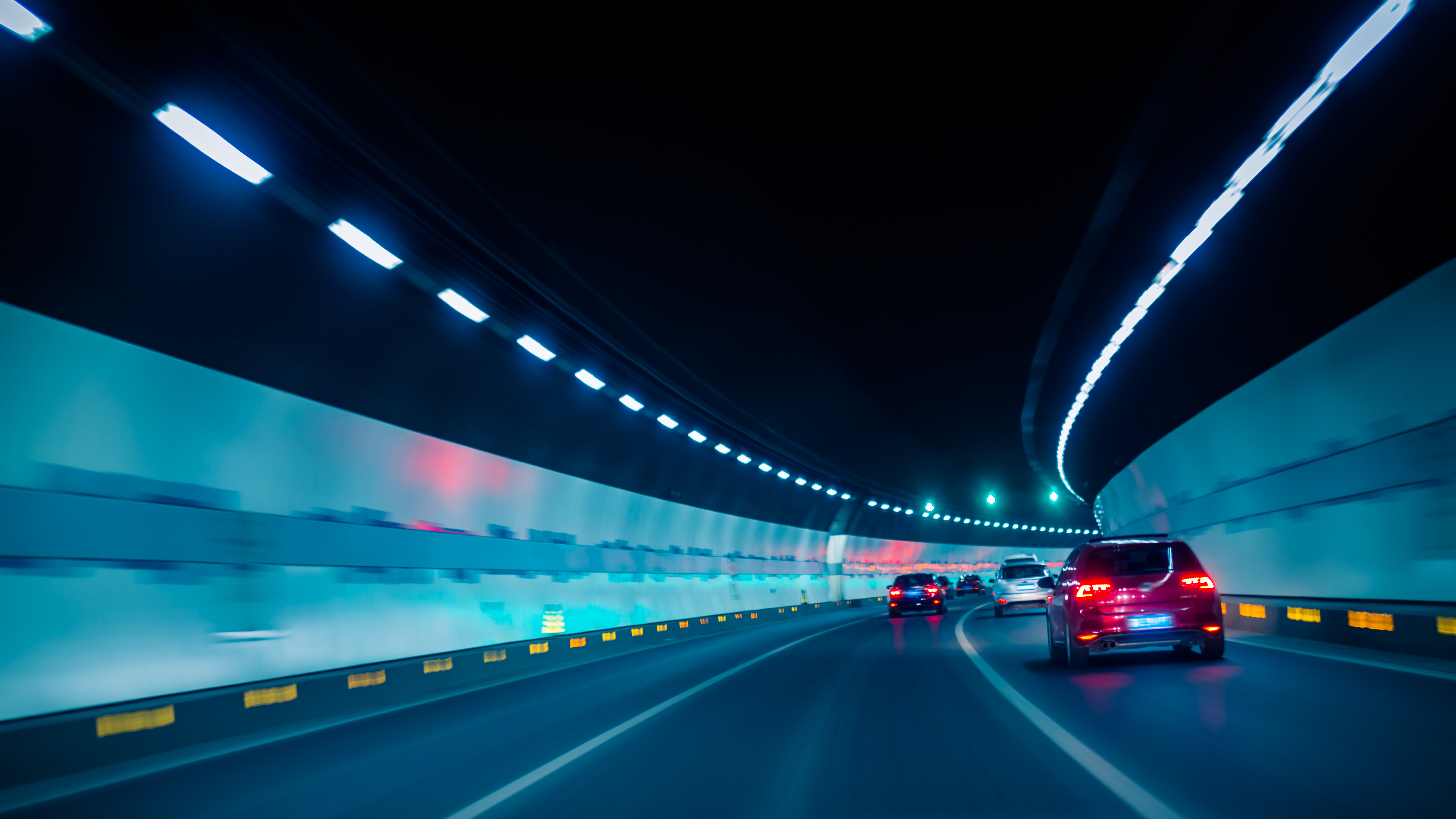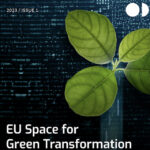In recent years there has been plenty of talk about Smart Cities, including numerous lectures on the topic at a variety of GNSS conferences including multiple Institute of Navigation meetings. The benefits delivered by these Smart Cities range from improved safety, efficiencies in transportation and deliveries, reduced traffic congestion and improved environmental effects.
With the 2018 edition of the European Union’s annual Green Week taking place across Europe this week, this is a great time to consider the contributions that the European GNSS (EGNSS) – EGNOS and Galileo — are making to improving and protecting our environment.
The 2018 Green Week’s main theme is “Green Cities for a Greener Future” and is exploring the ways in which the EU is helping cities become better places to live and work. To be a Green City an urban area must be a Smart City: a city with smart mobility and connected services.
Mobility is an important part of everyone’s daily lives. EGNSS, including EGNOS, is making life on the road easier by significantly reducing congestion and, consequently, reducing greenhouse gas emissions such as carbon dioxide (CO2). EGNOS and Galileo are helping urban authorities to improve the efficiency of road transportation through navigation, fleet management opportunities and satellite road traffic monitoring.
Location, Location, Location
The enhanced positioning capabilities of EGNSS is a key element in the safe and sustainable development of autonomous vehicles, according to the European Global Navigation Satellite Systems Agency (GSA). These vehicles, ranging from passenger carriers to drone parcel delivery services, will help to further reduce congestion and pollution.
Related Reading: Connected and Autonomous Vehicles to Play a Major Part in Smart Columbus Projects
EGNSS technologies and location-based services are now becoming ubiquitous in urban areas. All mass market electronic devices, from smartphones and wearable devices, such as fitness monitors, to traffic lights and other components of the expanding Internet of Things (IoT), now have the capability to broadcast their location. This enables the provision of a new generation of location-based smart services for citizens and corporations that includes health and well-being monitoring and security applications and the control and optimization of energy systems.
Sustainable Development
Globally EGNSS is working with its sister program Copernicus, Europe’s Earth Observation program, to help the world meet the United Nations Sustainable Development Goals (SDGs) that include a range of environmental targets.
The combination of Galileo’s high-accuracy positioning and navigation with Copernicus’ services and analysis is increasingly creating opportunities in nearly every market segment. From providing the maps needed for finding the best locations for renewable energy infrastructure to outlining the most fuel-efficient flight paths, optimizing road transportation routes and monitoring CO2emissions, applications using both EGNSS and Earth Observation are providing answers to environmental issues.
A recent study, “EGNSS and COPERNICUS: Supporting the Sustainable Development Goals. Building blocks towards the 2030 Agenda”, showcased how EU space technologies support the fulfilment of the UN SDGs. The analysis shows that all the SDGs are positively impacted by the benefits stemming from the use of EGNSS and Copernicus applications and that almost 40% of the associated indicators directly benefit from using their services, either supporting the monitoring of the status of achievement of a given SDG or actively contributing to their fulfilment.
Escape to the Country
Closer to home, today, some 72% of European Precision Agriculture farmers rely on EGNOS to enhance precision agriculture: a solution for higher productivity and farm profitability. The main EGNSS application for precision agriculture is tractor guidance and automated tractor steering. Combined with Earth Observation data this allows, for example, highly efficient and reduced distribution of chemical fertilizer reducing environmental impact.
The detection of reflected GNSS signals can also directly measure soil moisture. This technique, called GNSS-R, can be used in all terrains to map soil humidity and optimize water resource management. It can also be used to monitor vulnerable wetlands for conservation purposes or flooded areas during an emergency.
The ability to predict landslides and implement early interventions is critical when it comes to saving human lives and reducing damage. The sister EU programs offer joint solutions for monitoring land movements: EGNSS provides highly accurate horizontal displacements, while Copernicus’s In-SAR data detects vertical displacements. This data can be used to formulate early warnings and to support timely interventions.
Galileo Masters
In other GSA news, organizers launched the 2018 edition of the European Satellite Navigation Competition, known as the “Galileo Masters”, on May 16 at the GSA’s new Galileo Reference Centre in Noordwijk, highlighting the long-standing partnership between the GSA and the Competition.
The race is on to come up with 2018’s most innovative and marketable EGNSS applications. For GSA, the European Satellite Navigation Competition (ESNC) represents an important means for scouting new downstream business ideas that harness satellite navigation. As such, it is directly in line with one of the Agency’s key objectives – to help foster the best use and widest uptake of EGNSS.
The ESNC launch took place in conjunction with the inauguration of the GSA’s new Galileo Reference Centre (GRC) in Noordwijk. Carlo des Dorides, Executive Director of the GSA, said: “The European Satellite Navigation Competition is a unique platform for promoting Galileo and EGNOS. It is an innovation competition providing a gateway to a wide range of useful business applications based on European GNSS. This is why the GSA is a proud partner and has been hosting its own special ESNC challenge since 2008.”
Over the past 10 years, he said, the GSA has received more than 800 proposals, with full business cases, in response to its ESNC challenge, and it has awarded prizes on topics including E-mobility, augmented reality (AR), unmanned aerial vehicles (UAV), the IoT, and others.
This year, the GSA will award three prizes addressing the topic “When and Where? – Exact timing and positioning matters”, with special consideration being given to proposals that leverage EGNSS differentiators, such as:
- Multiple frequencies E1, E5 and E6
- Galileo-specific signal modulation, e.g. AltBOC
- Galileo Search and Rescue Service
- High-precision and authentication services that will be provided by Galileo, i.e. within the Commercial Service and within the Open Service authentication (OS NMA)
Lending some perspective
Thorsten Rudolph is Managing Director of Anwendungszentrum GmbH Oberpfaffenhofen (AZO), co-founder of the ESNC along with the German Aerospace Centre (DLR) and the Bavarian Ministry of Economic Affairs and Media. He said: “While the GSA has been with us as a key sponsor for a decade, the ESNC Galileo Masters is actually celebrating its 15th year.” Over this time, he said, more than 11,500 individuals have participated in the Competition, and it has provided a total of €11 million to fund real, down-to-earth start-ups, products and services.
“As a matter of fact,” Rudolph said, “the Director of this beautiful new GRC, Peter Buist, himself won the ESNC South Holland Challenge in 2011, and when we see where he is today I think we can consider this a real ESNC success story!”
Rudolph recalled the early years of the Competition: “When we started, most of today’s satellite navigation apps were not yet invented. And since then the number of new companies, business cases and applications has constantly increased and has led to a boom in the consumer market.”
More recently, he said, the launch of Galileo Initial Services in 2016, the sale of millions of Galileo compatible devices in 2017, and the fact that 95% of chipsets now on the market are Galileo compatible, all of this is triggering a new wave of more precise navigation services for the masses. “And this is a perfect situation for the European industries to increase their market share,” he concluded.






